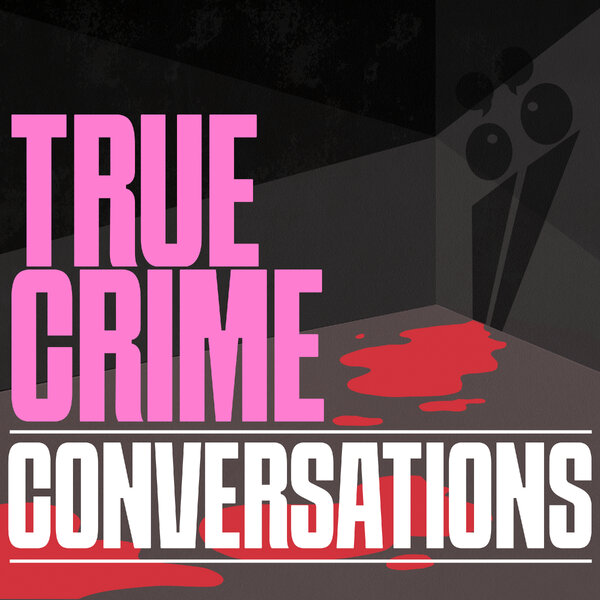Caracas, Venezuela is a sprawling city set in the foothills of the Cordillera de la Costa mountain range.
The capital city of Venezuela is dense in population and choked with heavy traffic. It’s a city built on the service industry: its streets lined with banks, shopping malls, and some of the tallest skyscrapers in Latin America.
It’s also the murder capital of the world.
Caracas was first named the world’s most dangerous city in 2016, with a murder rate of 130.35 per 100,000 inhabitants. In comparison, Australia’s murder rate in 2013-2014 was just one per 100,000 inhabitants, according to the Australian Institute of Criminology.
Think about how often you hear of violent crimes on the news – how often you see it in your news feed. Now multiply that by 130.
A study conducted by Mexican think tank, the Citizens Council for Public Security and Criminal Justice, claims the capital of Venezuela is the most murderous city on Earth.
It’s followed by Acapulco, Mexico, which had a murder rate of 113.24 homicides per 100,000 residents, and San Pedro Sula, Honduras, which reported a homicide rate of 112.09 per 100,000 residents.
So what makes this South American city, nestled alongside the Guaire River in the north of Venezuela, so damn dangerous?
It boils down to a toxic mix of social and political unrest, violent gang wars, and a huge drug trafficking trade.
Crime has increased significantly in the city since the 1990s for a couple of reasons.
Firstly, the justice system has completely broken down and there is widespread impunity, meaning people are not being punished for the crimes they are committing.
According to Alejandro Velasco, a professor at New York University, the late President Hugo Chavez, who ruled the country from 1999-2013, did so in a “schizophrenic” manner.
Velasco told Business Insider, President Chavez viewed crime as something “rooted in political factors” and he failed to address it with dedicated law enforcement.





























































































